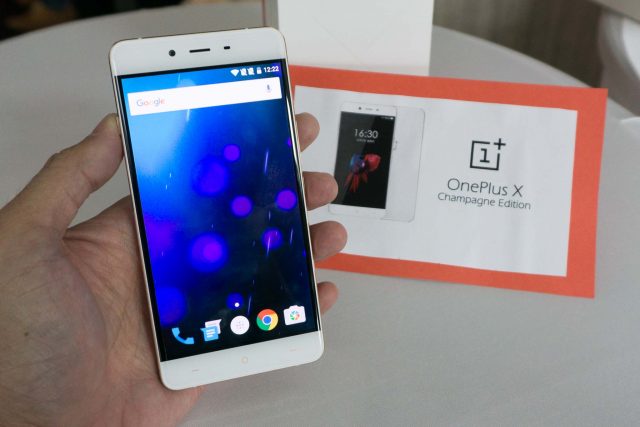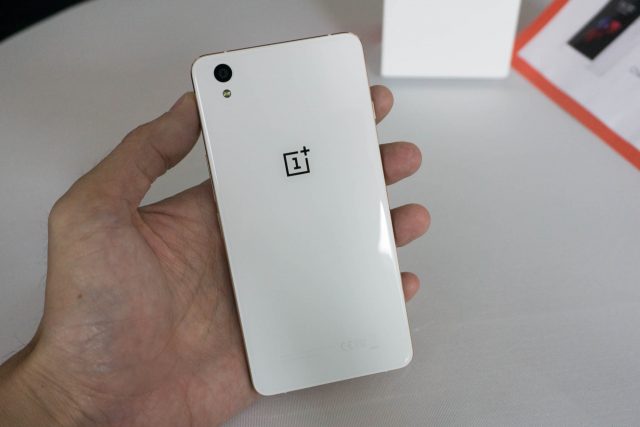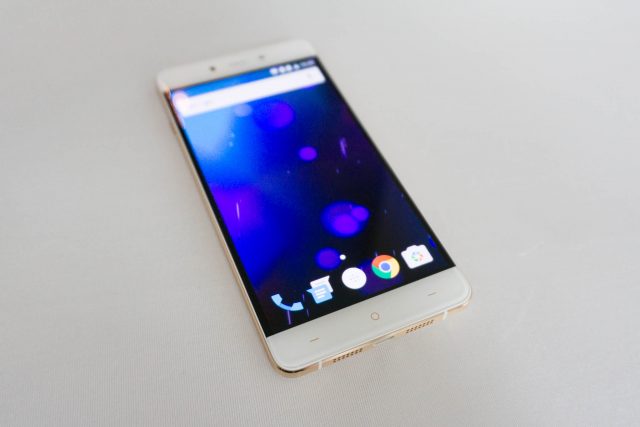I was a great fan of the OnePlus One back in 2014. Then in 2015, fuelled by their tremendous popularity, the company OnePlus announced two phones, the OnePlus 2 and the OnePlus X. The 2 is designed to succeed the One, which treads precariously into phablet territory, whereas the X is a premium designed device firmly in smartphone category going by today’s norms.
If I may quickly summarise the OnePlus X, especially for those who are familiar with the OnePlus One, it’s basically the One squeezed into a smaller shell, one that has been very well constructed and designed to look really elegantly classy.
So of course if the X was a shrunk down version of the One, a phone launched in 2014, you might think that its technical specifications must be not terribly impressive. You would be correct. The X is more about form and design, than it is about its technical specifications. On the bright side, there are in fact some small improvements, though there are other things it loses too.
For example, the X remains powered by the Qualcomm Snapdragon 801, though thankfully with RAM upgraded to 3 GB. There is only 16 GB of internal storage, but it makes up for that with a microSD card slot which the One lacked. The main camera is the same 13 MP resolution, but updated with phase detection autofocus. The rear camera is improved to 8 MP from 5 MP.
The X has no fingerprint sensor, something many people would have hoped for in 2015 smartphones, and which was indeed one of the big upgrades in the OnePlus 2 announced just 3 months earlier. Then, unfortunately, the X also has no NFC, just like the OnePlus 2, even though the OnePlus One had it.
The 5-inch AMOLED display has Full-HD 1920×1080 resolution, which is just fine given its size. I’m not all crazy about needing QHD, except perhaps if you’re talking about a 6-inch phablet which, even then, is nice to have more pixels but I’m sure some of us couldn’t see those extra pixels anyway.
Clearly, it’s not about technical specifications. The OnePlus X is more about the form. With the X, OnePlus has delivered a smartphone that looks really good, and one that fits very comfortably in your hands. Measuring 140 x 69 x 6.9 mm, and weighing just 138 g, the OnePlus X clearly is a very pocketable smartphone.
For some makes of smartphones, premium means an abundance of metal everywhere. OnePlus has instead chosen to put a beautiful slab of glass on the back. It’s sort of a throwback to the iPhone 4s (or 4), but the OnePlus X isn’t quite a copy of its design. A little downside, though, is that the glass does make the OnePlus X a little slippery. The sides are metal, so this is still pretty much a metal built device, with nice precisely drilled speaker holes on the bottom of the phone.
On the software front, the OnePlus X runs OnePlus’ own Oxygen OS, which at this time is still built on Android 5.1.1 Lollipop. You won’t miss out on Android 6.0 Marshmallow’s fingerprint support since the X doesn’t have the hardware anyway. Marhmallow’s new Doze support might have been pretty useful though, considering that the battery capacity is down to 2525 mAh given its much smaller body. Oxygen OS, however, is completely pleasant to use, and doesn’t put me off like some other heavily skinned user interfaces.
The OnePlus X has been sold in Singapore, through Lazada, since end last year. What’s new, however, is that a champagne coloured edition will soon become available here, also through Lazada.
For people who are on the lookout for smartphones that look distinguished, I’m sure the new colour would be something quite sought after. It still carries a low price tag. Just know that the OnePlus X isn’t about the flagship technical specifications.



View Comment Policy